Ancient India was home to some of the earliest urban centers in the world, with cities like Harappa and Mohenjo-Daro serving as prime examples of advanced urban planning and societal organization. These cities, part of the Indus Valley Civilization, flourished around 2500 BCE and showcased remarkable achievements in architecture, trade, and governance. The urban centers were characterized by their sophisticated drainage systems, grid-like street layouts, and the use of standardized weights and measures, which facilitated trade both locally and with distant regions.
The presence of large public baths, granaries, and warehouses indicates a well-organized society that prioritized hygiene, storage, and resource management. The significance of these urban centers extended beyond mere physical structures; they were vibrant hubs of culture, commerce, and innovation. Artisans and traders thrived in these cities, contributing to a rich tapestry of economic activity that included pottery, metallurgy, and textiles.
The urban centers also served as melting pots of diverse cultures and ideas, fostering advancements in science, mathematics, and philosophy. However, despite their initial prosperity, many of these urban centers experienced decline for reasons that are still debated among historians and archaeologists today. Understanding the factors that led to this decline is crucial for comprehending the broader historical narrative of ancient India.
Key Takeaways
- Urban centers in ancient India were hubs of trade, commerce, and culture, with well-planned infrastructure and governance systems.
- Factors contributing to the decline of urban centers included invasions, political instability, and changes in trade routes.
- The decline of urban centers led to a shift in societal structure, economic activities, and cultural practices.
- Environmental and geographic factors such as natural disasters and changing river courses also played a role in the decline of urban centers.
- Attempts to revive urban centers in modern India include urban planning, infrastructure development, and heritage conservation efforts. The legacy of decline continues to impact modern India’s urban development and cultural heritage.
Factors Contributing to the Decline of Urban Centers
Environmental Factors: Climate Change and Agricultural Decline
One significant factor was environmental change, particularly shifts in climate that affected agricultural productivity. Evidence suggests that around 2000 BCE, the region experienced a gradual aridification, leading to reduced rainfall and the subsequent decline in crop yields. As agriculture formed the backbone of the economy, this decline would have had dire consequences for urban populations reliant on surplus food production. The inability to sustain large populations would have prompted migration away from urban areas in search of more fertile lands.
Socio-Political Dynamics: Conflicts and Power Struggles
In addition to environmental factors, socio-political dynamics played a crucial role in the decline of these urban centers. The emergence of new power structures and regional kingdoms often led to conflicts that destabilized existing urban societies. As smaller city-states vied for control over resources and trade routes, internal strife could have weakened the social fabric of these urban centers. Furthermore, archaeological evidence indicates that some cities were abandoned or significantly depopulated during this period, suggesting that warfare or invasions may have contributed to their decline.
The Perfect Storm: The Disintegration of Urban Hubs
The combination of environmental stressors and socio-political upheaval created a perfect storm that ultimately led to the disintegration of these once-thriving urban hubs.
Effects of Decline on Society and Economy
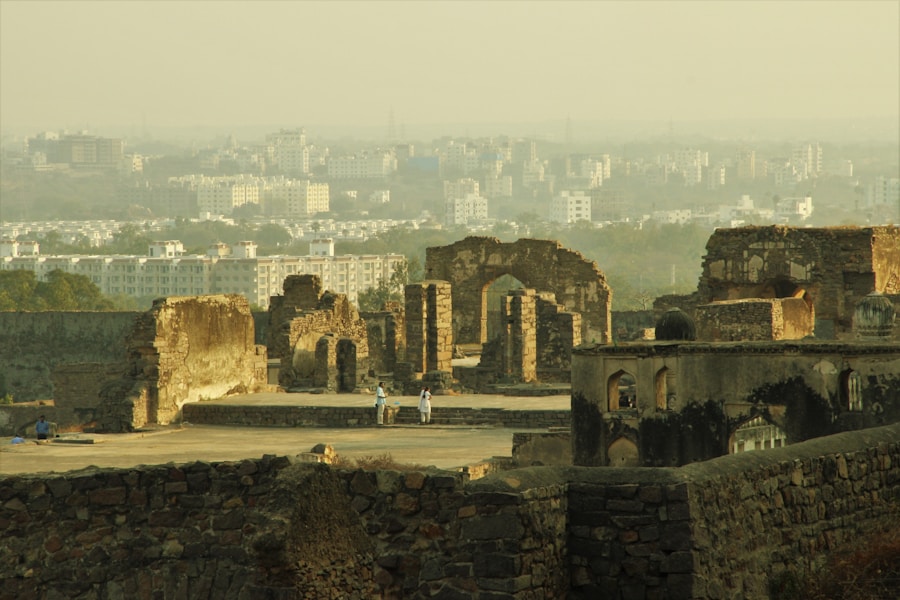
The decline of urban centers had profound effects on both society and the economy in ancient India. As cities became less populated and less economically viable, there was a marked shift towards ruralization. This transition saw a return to agrarian lifestyles as people moved away from urban areas in search of sustenance.
The loss of urban infrastructure meant that many artisans and traders were forced to abandon their crafts, leading to a decline in specialized skills and a reduction in trade networks. The once-bustling marketplaces that characterized these urban centers fell silent as economic activity dwindled. Socially, the decline of urban centers resulted in a fragmentation of communities.
The interconnectedness that characterized urban life gave way to isolated rural settlements where social hierarchies were often less pronounced. The loss of centralized governance structures led to a more localized form of leadership, often based on kinship or tribal affiliations. This shift had lasting implications for social organization in ancient India, as it laid the groundwork for future political entities that would emerge in the region.
The decline also contributed to a loss of cultural continuity; with fewer opportunities for cultural exchange and interaction, artistic and intellectual pursuits suffered during this period.
Role of Environmental and Geographic Factors
Environmental and geographic factors played a pivotal role in shaping the trajectory of urban centers in ancient India. The Indus Valley Civilization thrived due to its strategic location near major rivers like the Indus and its tributaries, which provided fertile land for agriculture and facilitated trade routes. However, as climatic conditions changed, the very geography that once supported these urban centers became a liability.
The shifting monsoon patterns led to unpredictable flooding or droughts, which severely impacted agricultural output.
As trade routes became less accessible or reliable, cities lost their economic vitality.
The once-thriving trade networks that connected these urban centers with distant regions began to fragment as merchants sought more stable environments for their activities. This geographic dislocation not only affected economic interactions but also diminished cultural exchanges that had previously enriched these urban societies.
Attempts to Revive Urban Centers
In response to the decline of urban centers, various attempts were made throughout history to revive these once-thriving hubs of civilization. During the later Vedic period (around 1000-500 BCE), there was a notable resurgence in urbanization as new political entities emerged across northern India. Kingdoms such as Magadha began to establish themselves as powerful centers of trade and culture, leading to the re-establishment of urban life in certain regions.
The Mauryan Empire (322-185 BCE) further exemplified efforts to revitalize urban centers through state-sponsored initiatives. Under Emperor Ashoka’s reign, significant investments were made in infrastructure development, including roads and trade routes that connected various regions.
This not only facilitated commerce but also encouraged cultural exchanges between different parts of the empire. Cities like Pataliputra became prominent centers of administration and culture during this time, showcasing how political stability could foster urban growth even after periods of decline.
Legacy of Decline on Modern India

The legacy of the decline of ancient urban centers continues to resonate in modern India, influencing contemporary societal structures and economic practices. The historical shift from urbanization to ruralization has left an indelible mark on India’s demographic landscape. Many regions still exhibit a strong agrarian focus, with rural communities often lacking access to the resources and opportunities found in urban areas.
This disparity has contributed to ongoing challenges related to poverty alleviation and economic development. Moreover, the historical fragmentation resulting from the decline has shaped India’s diverse cultural landscape. The regional variations in language, customs, and traditions can be traced back to the localized social structures that emerged during periods of decline.
This diversity is both a strength and a challenge for modern India as it navigates issues related to national identity and unity amidst its rich tapestry of cultures. In conclusion, understanding the rise and fall of ancient urban centers in India provides valuable insights into the complexities of societal evolution over millennia. The interplay between environmental factors, socio-political dynamics, and economic conditions has shaped not only the historical narrative but also the contemporary realities faced by modern India today.
A related article to the Decline of Urban Centers in Ancient India: Causes and Effects can be found in the link
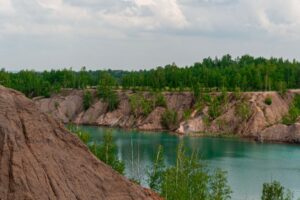






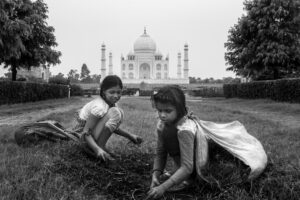




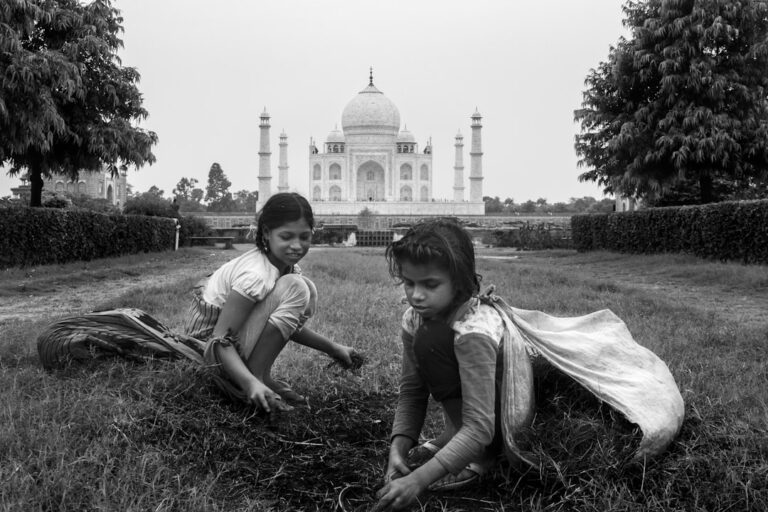


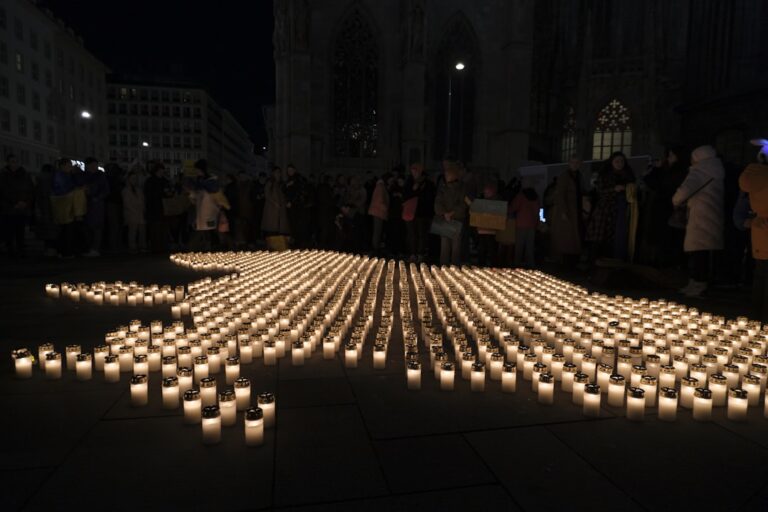






+ There are no comments
Add yours